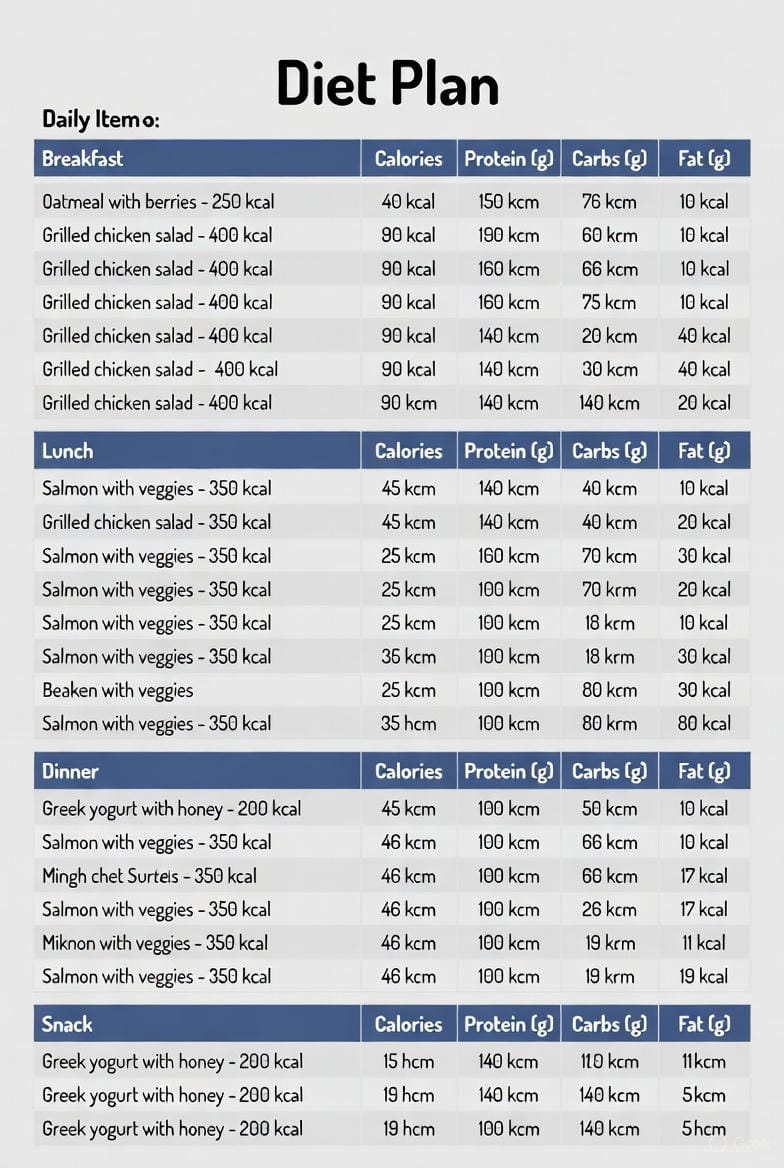Unlocking Adaptation: The Vital Connection Between Sleep and Nutrition

Adaptation is the holy grail for athletes. You train hard, push your limits, and expect your body to respond with greater strength, resilience, and performance. But adaptation doesn’t happen during the workout — it happens after, when your body is resting, repairing, and rebuilding.
Two of the strongest forces that shape this process are sleep and nutrition. While both are often discussed independently, it’s the interaction between them that can truly elevate athletic recovery. Sleep influences how your body regulates glucose, repairs tissues, and manages hormones. Nutrition affects your ability to fall asleep, maintain stable overnight glucose levels, and access high-quality deep and REM sleep.
Modern tools like Continuous Glucose Monitoring (CGM) reveal just how tightly connected these two pillars are. Spikes, dips, or instability in glucose levels can fragment sleep and impair recovery, especially for athletes whose demands on the body are high.
Below is a deeper look into why this connection matters — and how athletes can use it to unlock better adaptation.
Why Sleep and Nutrition Must Work Together
When sleep and nutrition are aligned, several key benefits emerge:
- Better hormonal balance (growth hormone, cortisol, melatonin)
- Improved muscle repair and protein synthesis
- More stable glucose levels overnight
- Enhanced recovery and readiness for training
- Reduced inflammation and oxidative stress
On the other hand, poor nutrition patterns can disrupt your natural glucose rhythm, causing overnight fluctuations that lead to restlessness, night waking, or reduced sleep depth.
A closer look at the interaction:
| Factor | How Nutrition Affects It | Impact on Sleep | Why It Matters for Adaptation |
|---|---|---|---|
| Glucose Levels | High-glycemic foods spike glucose and create post-spike drops | Causes night waking, light sleep | Deep sleep is where muscle repair and growth hormone release peak |
| Hormonal Balance | Irregular meals disrupt insulin and cortisol cycles | Interferes with melatonin and circadian alignment | Stable hormones improve recovery efficiency |
| Gut Activity | Large or late meals activate digestion during sleep | Reduces sleep quality and prolongs sleep latency | Restful sleep allows full physical and cognitive recovery |
| Energy Availability | Low-energy intake from dieting or heavy training | Can cause cortisol spikes and glucose dips at night | Athletes need consistent overnight energy to repair |
Using CGM to Understand Your Nighttime Glucose Patterns
CGM gives athletes a clear window into how food choices affect sleep. If you eat something before bed that creates a large glucose spike, you may notice:
- More restlessness
- More frequent awakenings
- Lower HRV
- Reduced deep sleep
- Feeling less recovered in the morning
On the other hand, stable glucose overnight often corresponds with:
- Smoother sleep cycles
- Improved recovery metrics
- Higher morning readiness
- Better performance in training
This empowers athletes to personalize their routines based on real data rather than generic guidelines.
Even Specific Foods Matter — Including Oatmeal
Certain foods can have very different glucose effects from person to person. A great example is oatmeal — considered healthy by default, but it often produces surprisingly high glucose spikes for many individuals.
To learn more about how oatmeal affects glucose patterns (with CGM examples), check this post:
👉 https://blog.supersapiens.com/continuous-glucose-monitoring-oatmeal/
How to Optimize Both Sleep and Nutrition for Maximum Adaptation
Here are practical steps athletes can take:
1. Prioritize Balanced Evening Meals
Dinner should include protein, fiber, and healthy fats to keep glucose stable throughout the night.
2. Avoid Large Meals Close to Bedtime
Digesting food late can raise core temperature and impair sleep quality.
3. Identify Personal Trigger Foods Using CGM
Everyone responds differently; CGM reveals the foods that disrupt your sleep.
4. Support Your Circadian Rhythm
Align meal timing with daylight hours to maintain hormonal balance.
5. Monitor Recovery Trends Daily
Pair your sleep tracker with CGM to understand how glucose patterns affect HRV, resting heart rate, and readiness.



